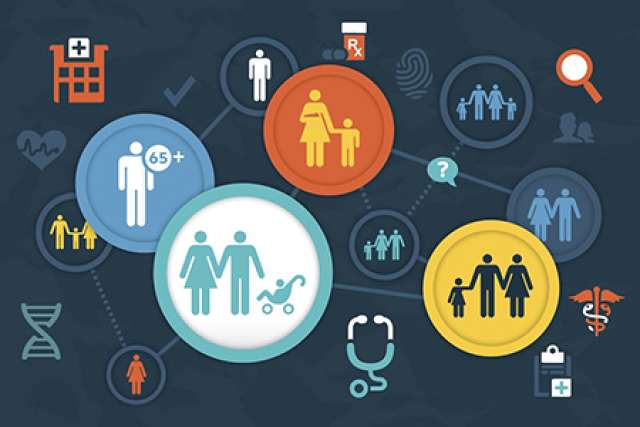Out-of-pocket costs and wait times influence individuals' choice of health care setting for minor illnesses, according to a study by UC Irvine researchers affiliated with the UCLA Center for Health Policy Research.
The study, which surveyed over 5,000 UC Irvine employees, showed that people choose to seek care in a variety of settings — urgent care centers, retail clinics and virtual visits — for their minor illnesses and injuries rather than just at emergency rooms or in primary care physicians' offices. Their decisions also depend on out-of-pocket costs and wait times.
Based on these results, the researchers developed a simulation model, which allows users to predict the care setting individuals will choose, based on their characteristics. The simulation tool may be accessed at UC Irvine department of medicine's Where Do Patients Go page.
Researchers reported that cost and wait time are important factors in individuals' decision to seek help in other care settings, and that their choices depended on the severity of the illness or injury.
The study's authors say the simulation model can be used by insurers, providers and policymakers to predict the care settings patients will choose for a variety of illnesses and injuries, such as colds, eye infections, skin rashes, sprains and cuts. The researchers note the growing use of these settings in a changing health care market that is moving toward increasing cost efficiency while meeting patient needs.
"This tool could be used by insurers in their process to set benefits and co-payments, where they could provide incentives to drive patients to different sites of care," said Dana Mukamel, lead author of the study and faculty associate at UCLA's health policy research center.
Using 2016 data from employees at UC Irvine, the researchers looked at three factors that influence choice of care setting — patients' out-of-pocket costs, wait time for an appointment during which patients receive care, and travel time to care settings. Researchers noted that travel time did not affect choice.
The simulation model takes into account the previously mentioned factors, along with patient sociodemographic characteristics such as age, gender and race/ethnicity, as well as severity of the illness or injury. The model then predicts where individuals will go to seek care when faced with various scenarios; and what factors they consider when deciding where to go.
For example, when the West Los Angeles ZIP code of 90024 is entered, the model predicts that 27% of people with a red, itchy eye will likely choose self-care or take the "wait and see" route, while 19% will choose to go to the emergency room if they face "medium" costs and wait times.
Urgent care centers and retail clinics are open during non-traditional hours such as evenings and weekends, which may be more convenient for individuals. The authors also say that virtual settings such as nurse advice phone lines and online physician visits are considered more convenient, less costly forms of care.
"Providers may also use the tool to determine the demand for services at a particular location, which could prove to be invaluable in deciding where to open up urgent care centers and other care settings," said Mukamel, who is also a professor of medicine, public health and nursing at UC Irvine.
"In an effort to adapt to the ever-changing health care landscape and the demand for quality, cost-effective health care, this simulation model could be useful to increase the presence of convenient alternative care settings for patients and consumers," said Ninez Ponce, director of the UCLA Center for Health Policy Research.



